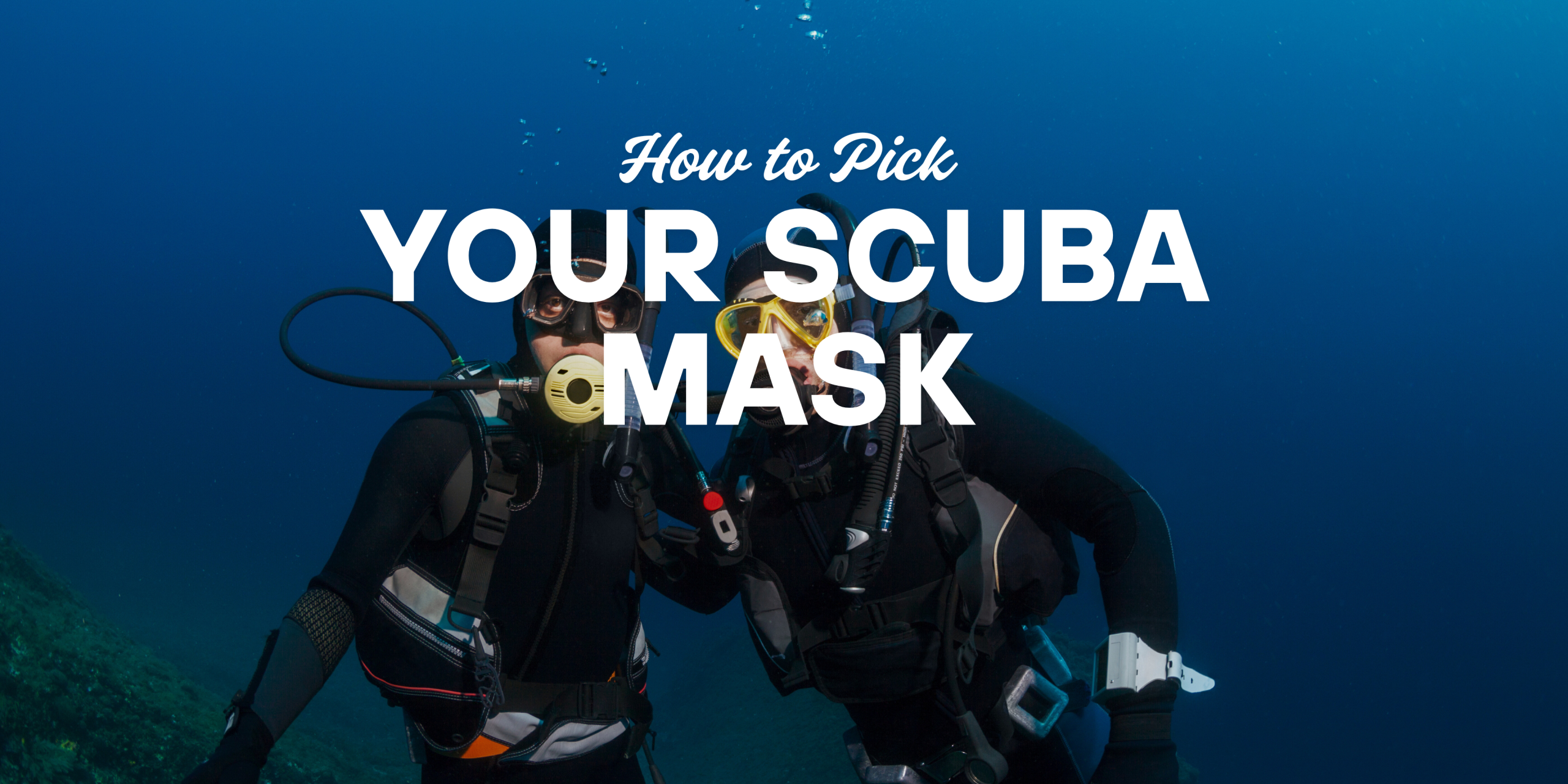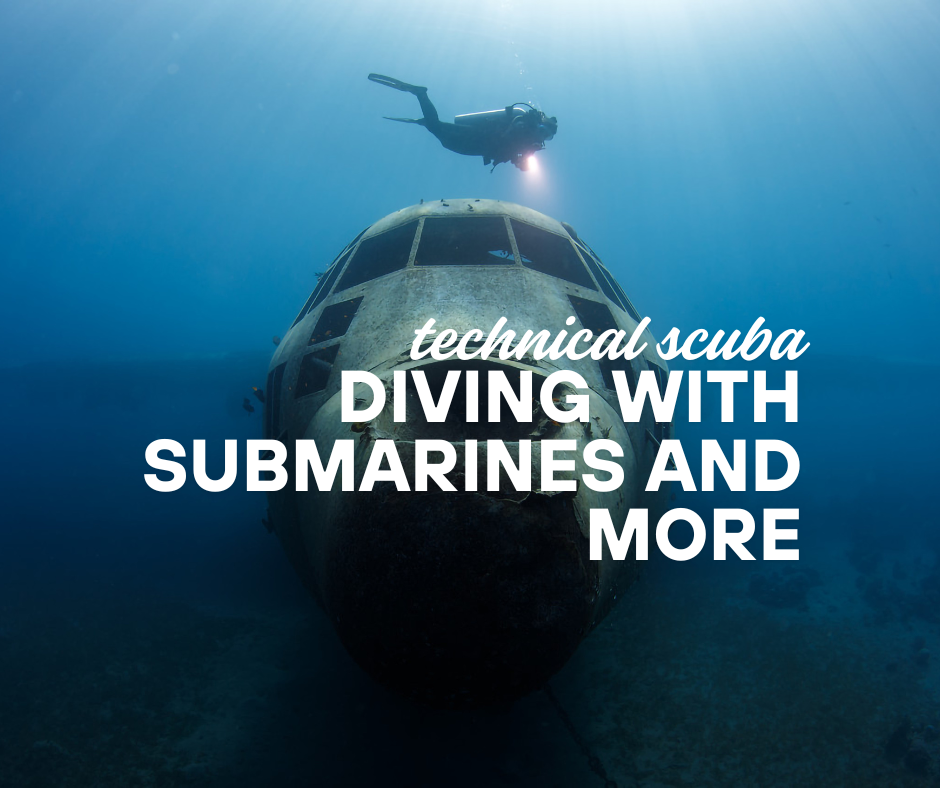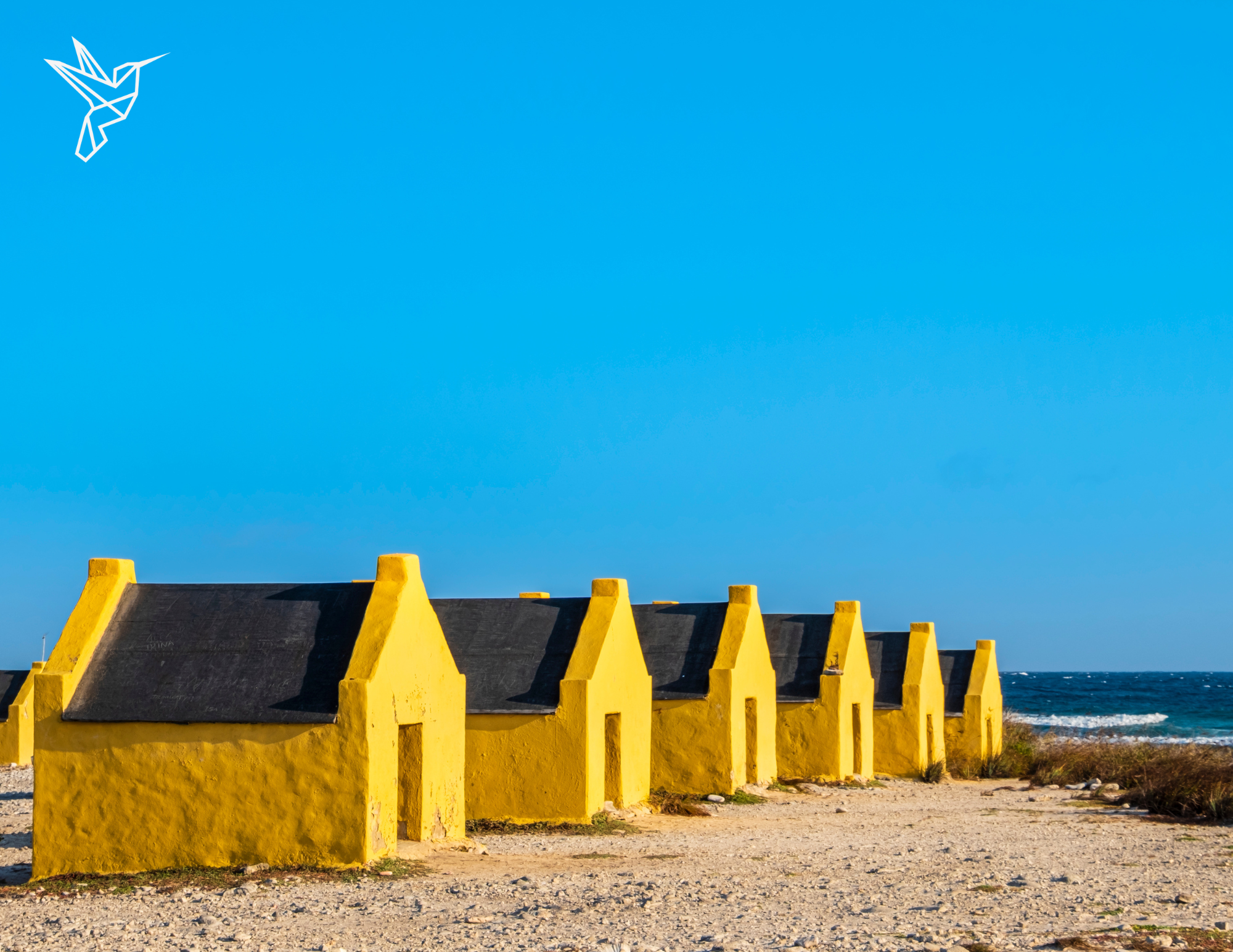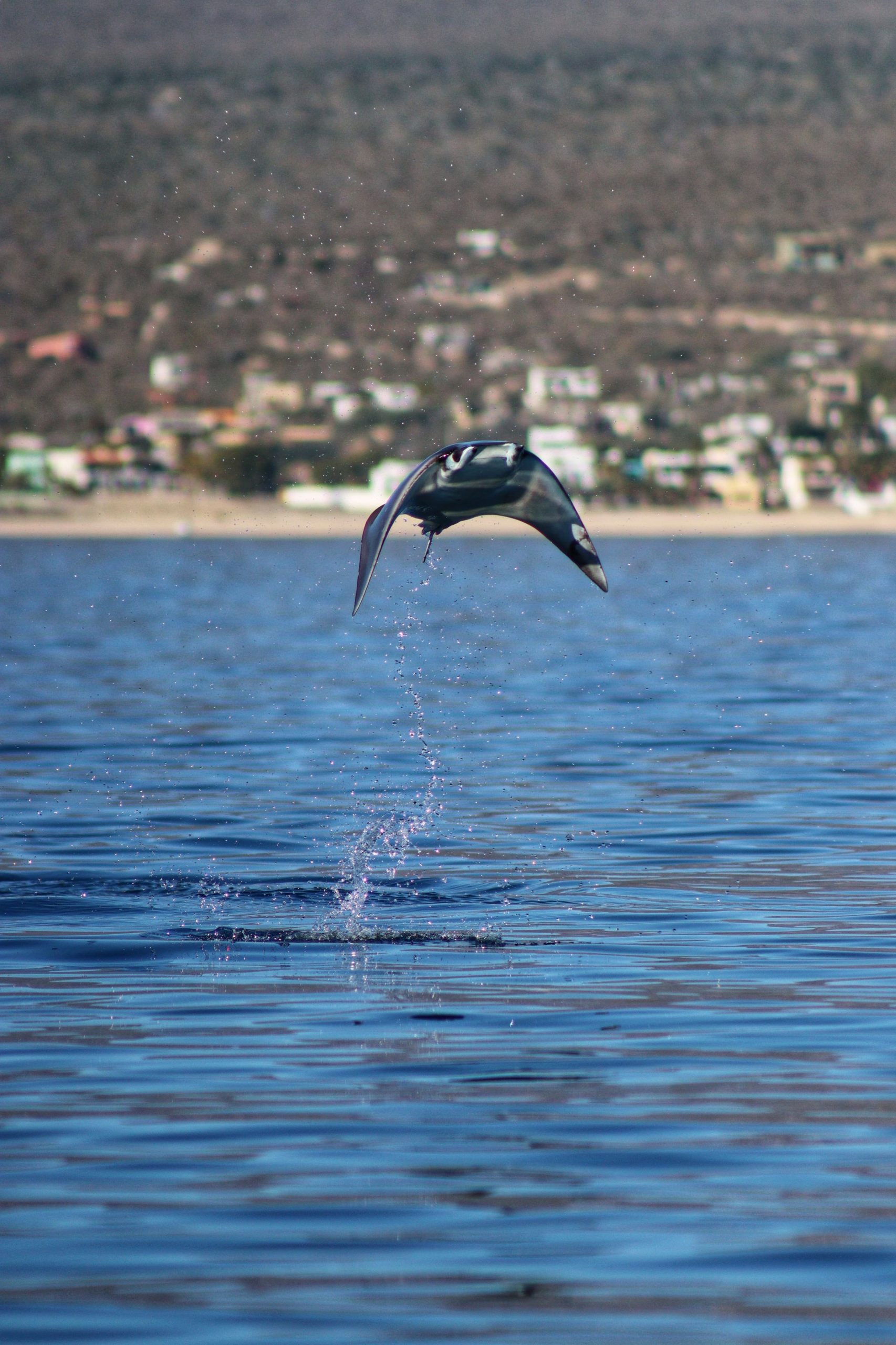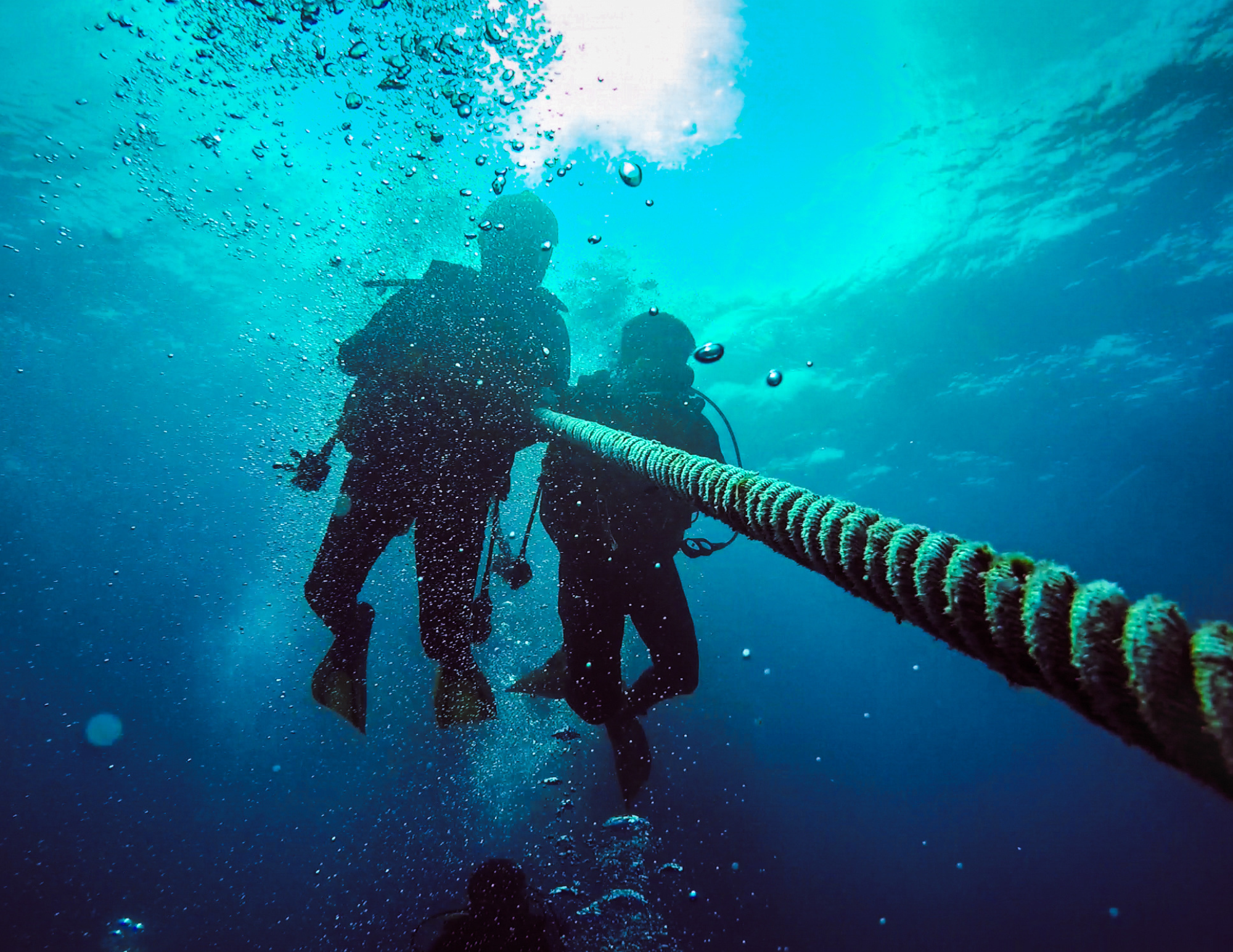Choosing the right scuba mask might seem straightforward, but it’s one of the most crucial decisions you’ll make for your underwater adventures. A poorly fitting mask can lead to leaks, fogging, and constant discomfort, while a well-fitted one can significantly enhance your diving experience.
Whether you’re planning a tropical dive trip or swimming with sea turtles in the wild (like at some of the breathtaking spots listed here), picking the right mask starts with one simple principle: fit is everything.
1. Fit First, Always
The overwhelming consensus among experienced divers is that the most important factor when choosing a scuba mask is how it fits your face. Even a top-tier, expensive mask will be useless if it doesn’t seal properly.
To test fit:
-
Place the mask on your face without using the strap.
-
Inhale gently through your nose.
-
A good mask will create suction and stay in place.
-
Try this while holding a snorkel or regulator in your mouth to simulate dive conditions.
If you feel any air leaking or the mask drops easily, it’s not the right one for you.
2. Try Before You Buy (If You Can)
Ideally, you should visit a local dive shop and try on a variety of masks. Even better, some shops have test pools where you can try them underwater.
However, if you’re shopping online — as many divers do — be sure to order from a retailer with a good return policy. Many divers recommend buying several masks, trying them all on at home, and returning those that don’t work.
A great resource for travel, gear, and diving tips is Ventana Travel, which often highlights top dive destinations and practical advice for new and experienced divers alike.
3. Frameless vs. Dual Lens? Low Volume vs. Panoramic View?
There are plenty of design choices, and each has pros and cons:
-
Low volume masks are easier to clear and better for freediving.
-
Frameless designs tend to offer better peripheral vision and comfort.
-
Dual lens masks can accommodate prescription lenses but may slightly limit your view.
-
Side windows can distort your vision and offer limited benefit underwater, according to many divers.
One tip: dark-skirt masks (usually black silicone) reduce glare and are favored by underwater photographers, while clear skirts let in more light but may reflect more in shallow, sunny conditions.
4. Price Doesn’t Equal Performance
You don’t need to break the bank. Many divers find that moderately priced masks offer just as much comfort and performance as high-end models. What matters is the construction: tempered glass lenses and a high-quality silicone skirt are must-haves.
Brands like Cressi, DGX, and Halcyon are frequently praised. The Cressi F1, for instance, is a favorite for its comfort and good fit across many face shapes.
5. Pick a Snorkel That Works for You
When it comes to snorkels, there’s more flexibility. Most snorkels will work fine as long as they’re comfortable in your mouth and don’t cause jaw fatigue. Features like a dry top, purge valve, or flex tube are nice, but secondary to comfort and simplicity.
Final Tip: Bring a Backup
If you find a mask that fits well and performs great, consider buying a second one. Having a backup on a dive trip can save your day — and your dive — in case of damage or unexpected leaks.
Whether you’re diving reefs, exploring wrecks, or planning your next marine wildlife experience, the right scuba mask can make all the difference. Happy diving!


